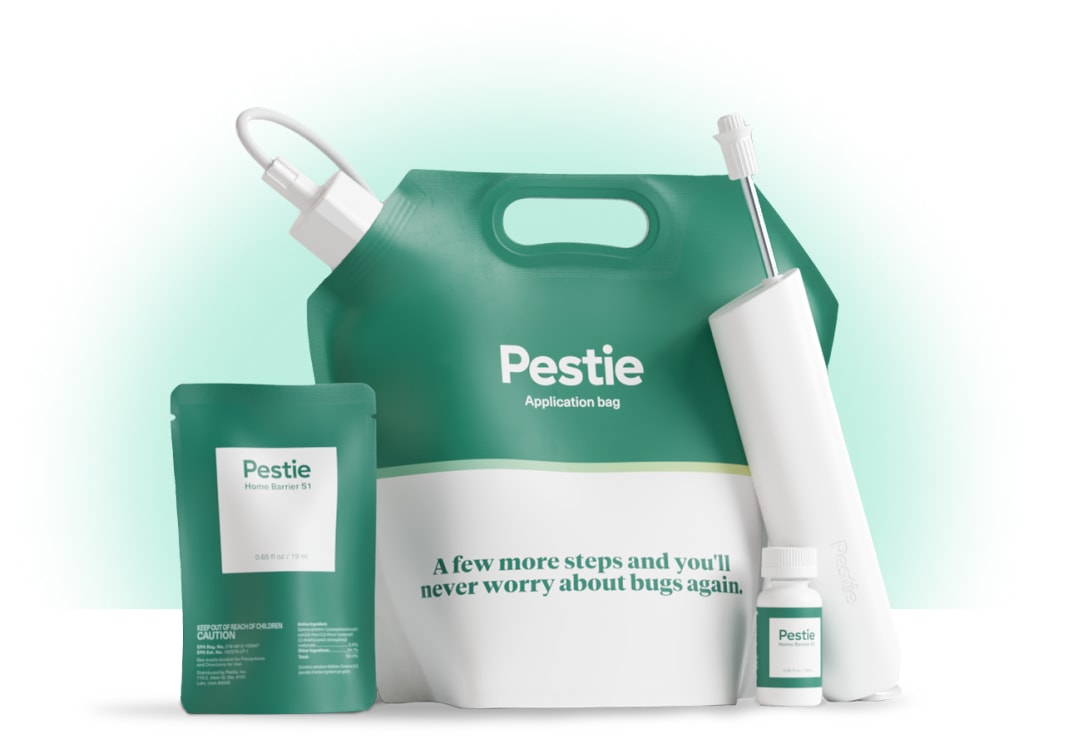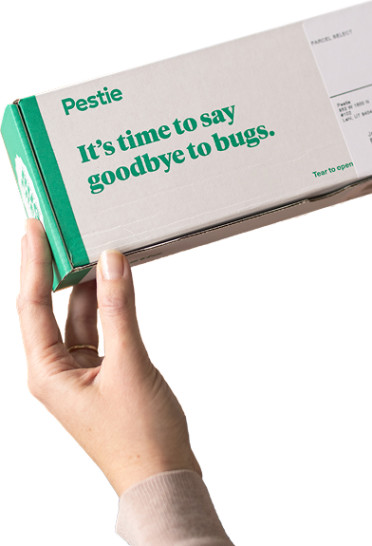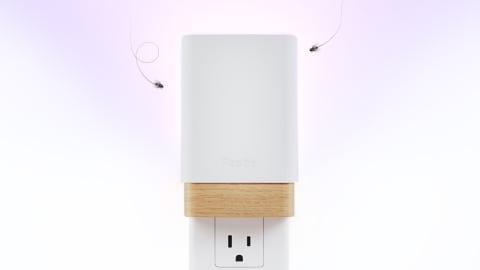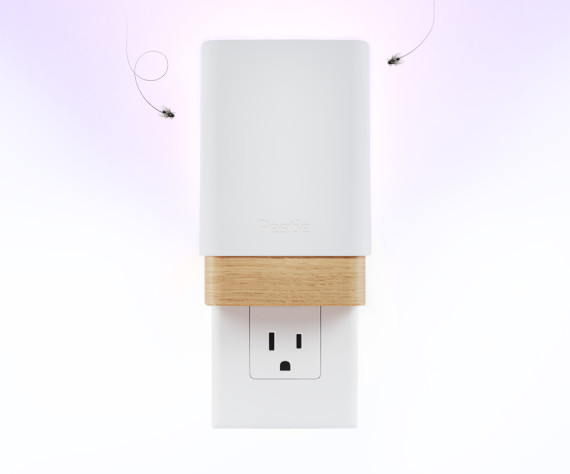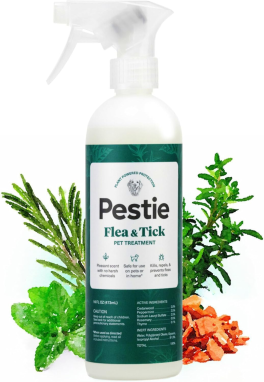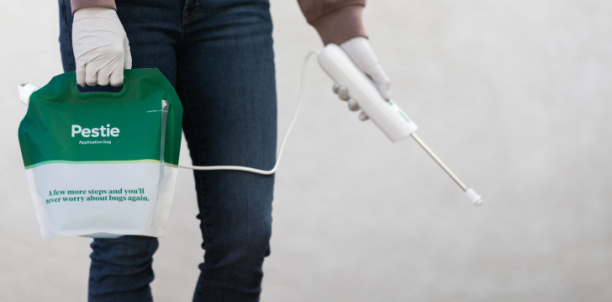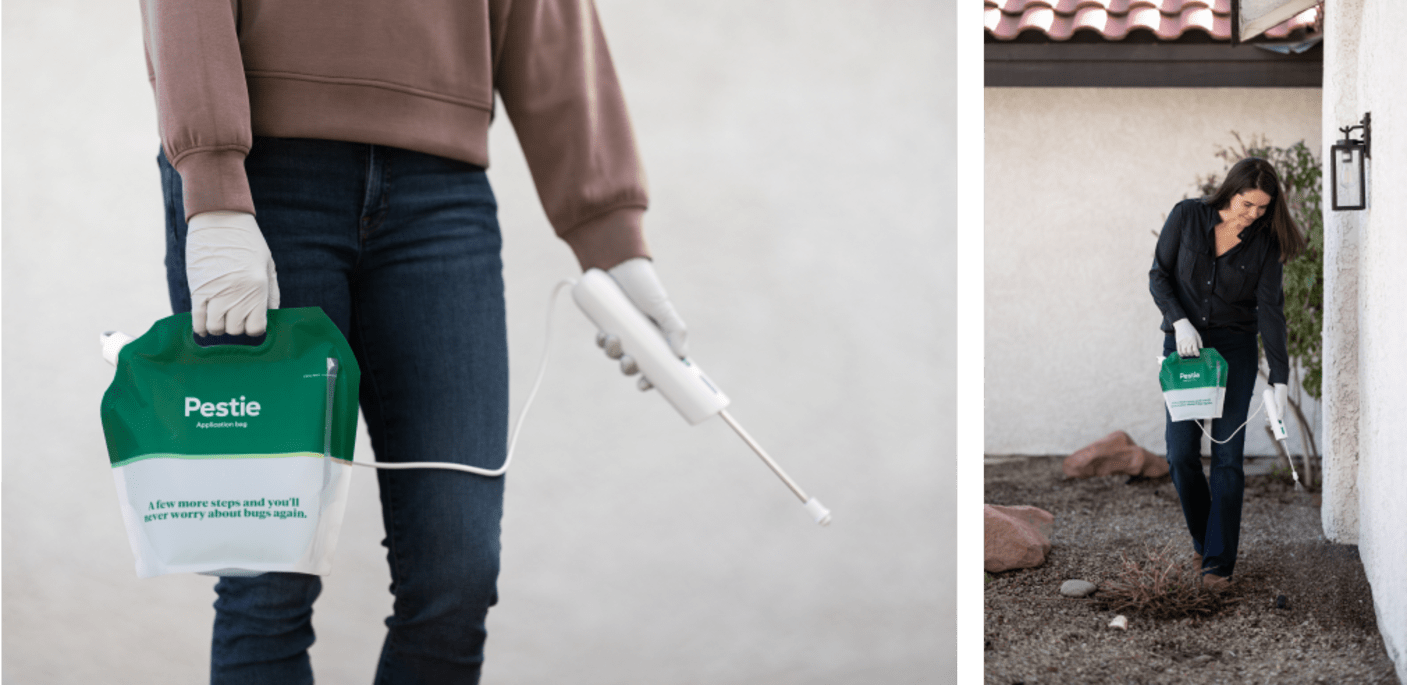How to identify and get rid of mealybugs
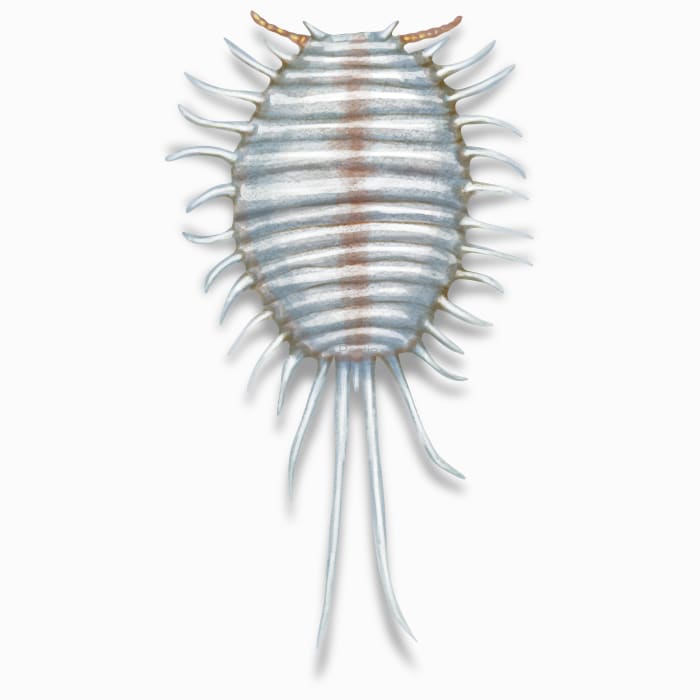
Dealing with waxy bugs that suck your indoor plants dry
Discovering a white waxy substance all over your indoor plants can be a little unnerving. What is attacking my plant and how do I get rid of it?
When it comes to indoor pests, mealybugs seem to come out of nowhere! These soft-bodied insects are covered in white wax that protects their bodies from heat and water loss. The majority are wingless females that can quickly clone themselves and take over a favorite plant.
Mealybugs suck on plant juices and can weaken and yellow indoor plants such as coleus, orchids, ferns, ficus, hibiscus, and poinsettias to name a few. They can also cause damage to outdoor plants like citrus trees, grapes, figs, and some cacti.
They can also cause diseases in plants either by transmitting several viruses or causing a black sooty mold to develop on the leaves. Mealybugs excrete a sticky, sugary substance called honeydew that can grow mold and mildew if left untreated.
How to identify mealybugs
Mealybugs are small, oval-shaped bugs that are typically wingless. They cover themselves with a waxy-white substance for protection and are either slow-moving or stationary.
The nymphs are more mobile than their adult counterparts, and won’t produce wax until they settle down and stop moving.
How big are mealybugs?
Mealybugs are really small insects and range from 1/10 to ¼ inch in length.
What other pests look like a mealybug?
Mealybugs are often misidentified or confused with cottony cushion scales, wooly aphids, soft scales, or whiteflies.
What are some signs that you have a mealybug problem?
You’ll first notice a few problems with your plant before you realize you have a mealybug infestation. Your plants may look weak or wilted, even if you water them. The leaves can also start to turn yellow or fall off the plant.
Additionally, be on the lookout for black sooty mold, which feeds on the honeydew that mealybugs excrete. You may also notice the sticky honeydew if there are enough mealybugs on the plant.
Where do mealybugs live?
Mealybugs can be found on every continent with plants. There are over 2000 species worldwide and many of them feed on specific plants.
They often become a problem in greenhouses and nurseries, and undetected eggs on your new houseplants can hatch and can quickly become a problem if left untreated.
Since mealybugs can’t fly or jump, they spread very slowly. They prefer to hide in hard-to-reach areas of plants, and they may go unnoticed until they become a big enough problem.
How to get rid of mealybugs
Getting rid of mealybugs entirely is easier said than done. Because of their hidden nature and waxy covering, conventional insecticides aren’t effective.
It’s best to prevent mealybugs from exploding in population size first, so make sure to inspect your indoor plants and any susceptible outdoor plants.
If you do find mealybugs, you can hand pick them off, or prune off any infested branches. Additionally, you can spray the bugs off with a stream of water to knock them off. They most likely won’t be able to crawl back onto the plant again.
Treat mealybugs with Pestie
If you're still having trouble keeping mealybugs away, the best option is to use a pro-grade, effective pest control solution like Pestie.
Pestie is a do-it-yourself pest control solution that's specially designed to keep mealybugs and other pests away from your home.
With Pestie, you can rest easy knowing that your living space is protected and free of creepy crawlies. And the best part? It's designed for people, pets, and the planet, so you can say goodbye to harsh chemicals and hello to peace of mind!
- Save hundreds compared to traditional annual pest plans
- People, pet, and planet-friendly
- Pro-grade customized formulas
Quick facts
- Scientific name
Family - Pseudococcidae
- Colors
Bodies are yellow to red, but are covered with a white wax
- Life span
6-8 weeks
- Diet
Plant sap
How dangerous are Mealybugs?
Low danger risk
Mealybugs don’t pose any threat to the health of people or pets, just plants.
Mealybugs have a bacterial symbiont that lives inside their guts to help them digest their food. This symbiont is a bacteria with another bacteria living inside it!
